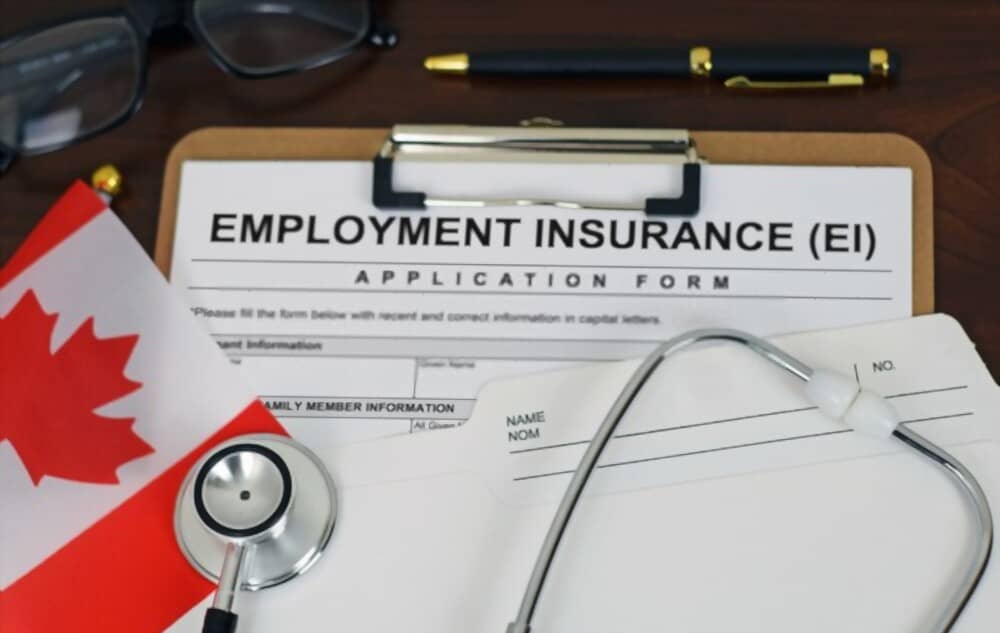The maximum insurable earnings (MIE) is the highest level of income for which employment insurance (EI) premiums are paid. The maximum amount of money that can be paid each week in benefits under the EI programme will be set by it.
There will be an increase in the Maximum Insurable Earnings (MIE) for Employment Insurance in 2024. This is up from $61,500 in 2023.
The maximum amount that can be taken into account when someone is applying for EI benefits and how much EI premiums can go. The MIE is updated each year.
People in Quebec are covered by the Quebec Parental Insurance Plan (QPIP), which costs $1.32 for every $100 of insurable income for 2024.
The maximum insurable earnings will rise from $61,500 to $63,200 on January 1, 2024. This implies that an injured worker will have to pay EI premiums on insured wages up to $63,200 in 2024.
Employee EI premiums will be $1.66 per $100 in 2024. In 2024, insured workers will pay a maximum annual EI premium of $1,049.12, up from $1,002.45 in 2023. This premium rate rise, along with the MIE increase, means that insured workers will pay a maximum annual EI premium of $1,049.12 in 2024.
Beginning in January 2024, as a result of the higher MIE, the weekly maximum EI compensation rate will rise above the 2023 level.
Employees who are insured must pay EI payments on all earnings up to the yearly maximum wage of $63,200 for 2024. This implies that a $1.66 deduction will be made for every $100 of pay earned until the annual limit of $63,200 is reached.
For those who work in Quebec, the premium rate will be $1.20. This rate is lower than the rest of Canada's since the Province of Quebec has been collecting premiums from its employees since January 2006 to run its own maternity, parental, and paternity benefits through the Quebec Parental Insurance Plan.
Employment Insurance (EI) Premium Rates
For 2021 and 2022, the EI premium rate is set at $1.58 per $100 of insurable wages. As announced by the government on August 20, 2020, three new benefits will replace the Canada Emergency Response Benefit (CERB). This is to ensure that employees and companies do not face greater expenditures as a result of the pandemic's added expenses. According to the EI Senior Actuary, the rate in 2022 would have been $1.81 if not for these interim provisions.
The maximum insurable earnings (MIE) for 2022 are $60,300, a 7.1 percent increase over the $56,300 MIE for 2021.
EI Basic Exemption
Despite the fact that there is no general exemption for employment insurance, If an employee's insurable earnings are $2,000 or less in any given year, their EI premiums are fully returned.
Maximum Insurable Earnings (MIE) Calculation
The MIE is linked to the yearly percentage rise in the industrial aggregate's average weekly earnings in Canada, as recorded by Statistics Canada. The 2022 percentage increase is computed as follows:
The average of April 30, 2021, for the preceding 12-month period divided by The average of April 30, 2022, for the 12-month period ending
In the next step, this percentage increase is multiplied by last year's MIE figure before rounding, and the result is rounded to the nearest hundred dollar multiple.
EI Break-Even Rate
Previously, the Canada Employment Insurance Financing Board (CEIFB), which was dissolved, established EI rates. In 2017, a new rate-setting system went into effect, which sets the EI premium rate yearly at a seven-year break-even rate.
EI for Self-Employed
Self-employed people who join the employment insurance programme pay the same rate as employees. Only exceptional perks are available to them. This is shown in the chart above. Each year, the amount of self-employment income that is needed to qualify for special benefits rises.
EI Premium Reduction Program for Employers
Employers who offer a short-term disability plan to their employees may be able to pay less than the typical 1.4x employee rate.

